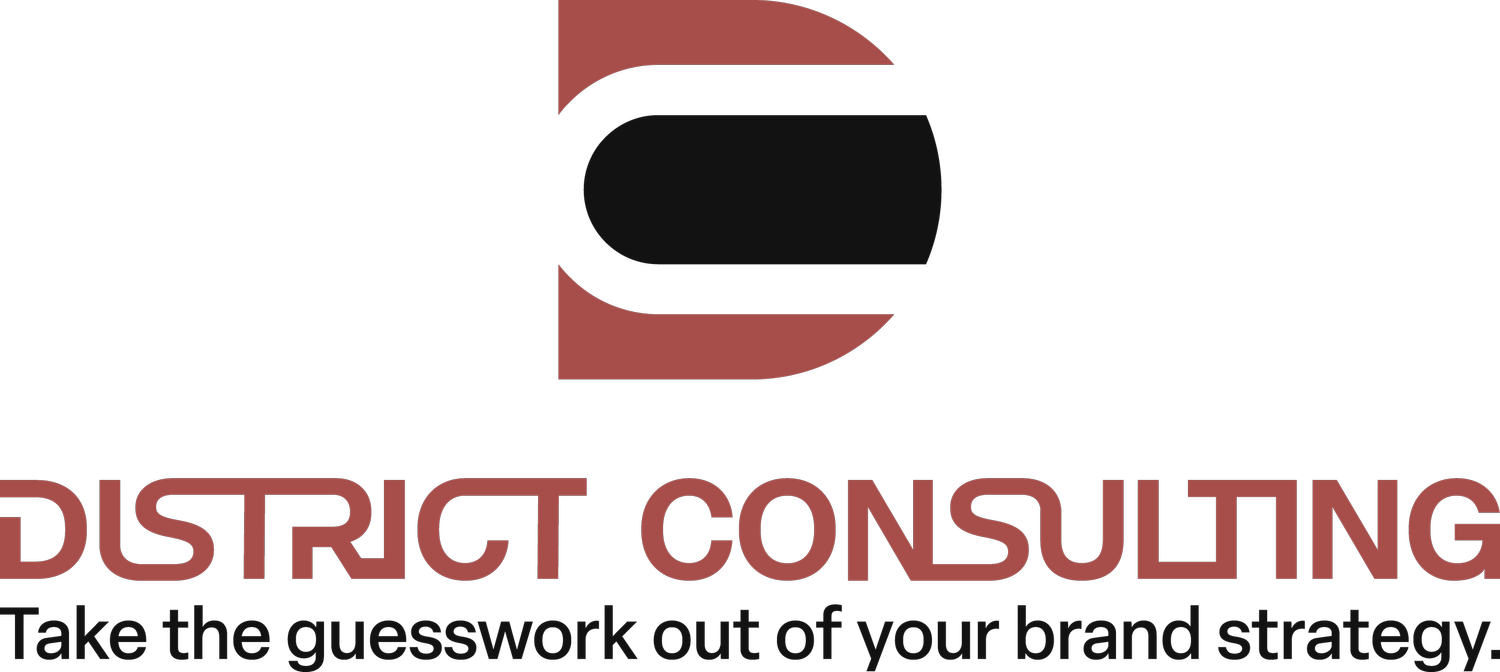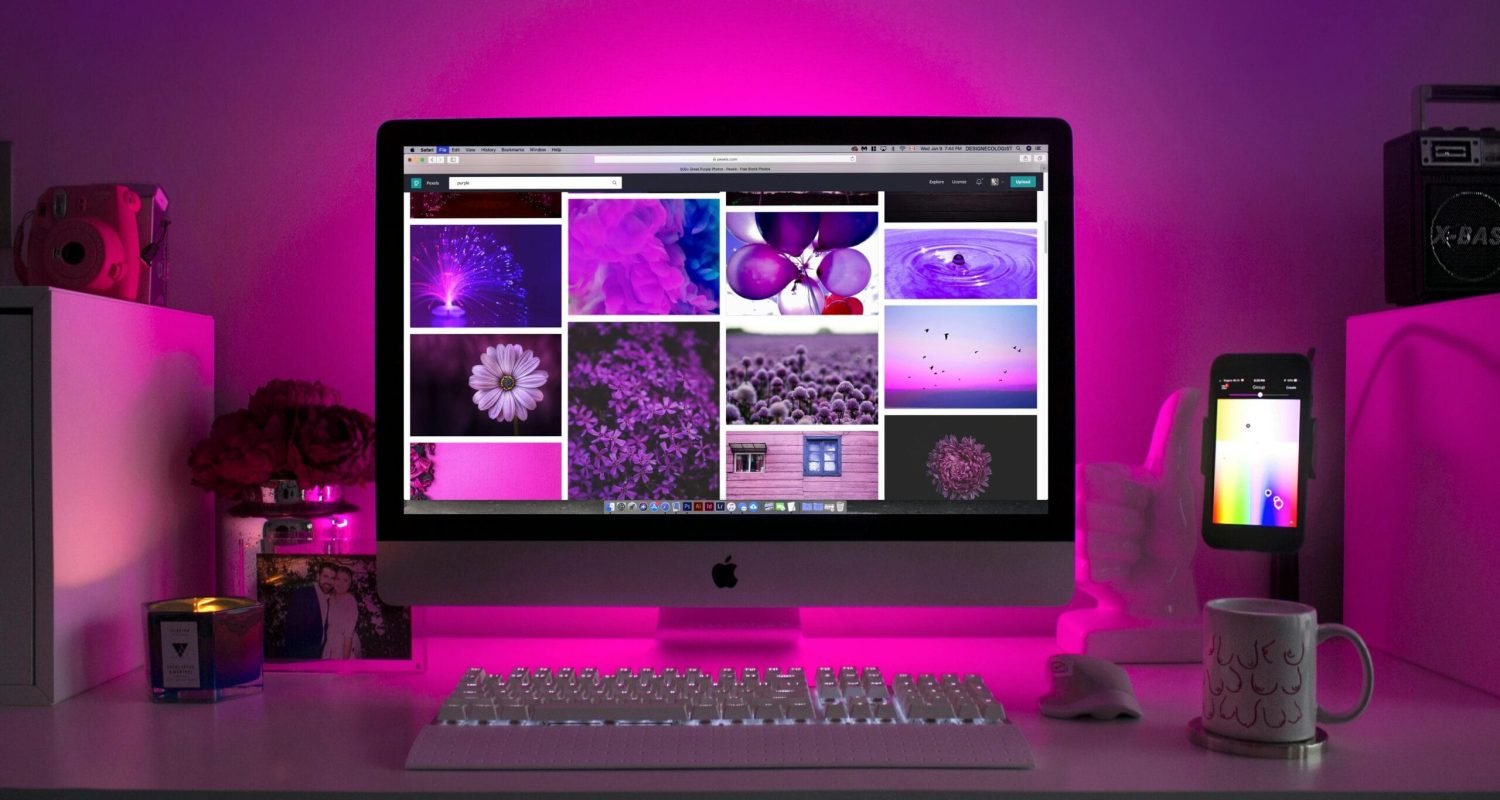It’s 2025 and here we are again with some of the most impressive and effective website design trends you need to incorporate into your business website.
If you are into establishing strong brand positioning through impeccable website design, you are just on the right page.
These website design trends are set to turn your ordinary site into a super immersive one — delivering hyper-personalized experiences.
So, let’s dive in and check out seven of the most interactive, dynamic, and customer-centric website design trends you should ask your website design team to use in 2025.
1. Focus on UX (User Experience)
In 2025, websites are prioritizing smooth, intuitive UX with fast loading times, accessible design, and responsive layouts.
As a business owner, you’ll need to deliver simple navigation, harmonious colors, and focus on micro-interactions, like buttons that react subtly when hovered over.
It’s all about guiding prospects effortlessly through the site, making every interaction feel seamless. For example, Apple’s site nails this with a clean, user-centered design that enhances each visit.
2. Feeling Nostalgic Enough?
Nostalgic design taps into retro vibes, bringing back elements from the 80s and 90s with pixelated graphics, vintage colors, and old-school layouts.
Imagine a webpage styled like Windows 95 or using classic, bold fonts that pop.
Indeed, it is not for everyone.
But this trend connects emotionally, especially with Millennials and Gen Z. Spotify often plays with nostalgia in its design, striking a chord with users who love a throwback.
3. Dynamic Typography
Typography is getting interactive, with fonts that move, expand, or change based on user actions. It’s about making text part of the design and storytelling.
For instance, headlines might subtly animate as you scroll, or text can shift colors on hover, keeping users engaged.
Sites like Pitch use kinetic typography beautifully, turning words into more than just static information — they’re part of the experience.
4. Storytelling through “Scrollytelling”
Scrollytelling uses scrolling as a storytelling tool, revealing animations, videos, and images at each step. It’s like an interactive journey that puts users in control.
This trend is perfect for Home Page, About Us pages, narratives, and complex stories — think National Geographic’s rich, immersive articles where each scroll deepens the story.
It’s a way to transform content into a memorable adventure, blending visuals and text seamlessly.
5. Handmade Illustrations
Generic design, generic results. Go for handmade illustrations as these bring a unique, authentic touch to business websites, moving away from generic stock photos.
These custom drawings — like whimsical icons or detailed headers — give brands a warm, human feel. Duolingo’s playful illustrations create a friendly vibe, making learning approachable.
It’s an ideal choice for brands wanting to stand out with creativity and personality, adding charm and originality to their digital presence.
6. Home Page Motion Effects
Motion effects on homepages grab attention and keep users exploring. Think animated backgrounds, parallax scrolling, or hover effects that subtly guide the eye.
Google’s homepage often uses micro-animations for its icons, keeping things lively without overwhelming the user.
Done right, motion effects make the site feel interactive and modern, creating a dynamic first impression that’s hard to ignore.
7. Sustainable Website Design Trends
As a business owner, you should stand for sustainable designs that focus on efficiency, reducing data use, and energy consumption.
This eco-friendly approach includes optimized code, minimal videos, and clean, fast-loading pages. Hosting on green servers is also trending.
Sustainable websites don’t just perform better — they resonate with eco-conscious users.
Brands like Patagonia emphasize website design trends in both product and design, aligning their digital presence with their values and audience expectations.
Closing Remarks!
Website design trends in 2025 are all about crafting experiences that feel fresh, intuitive, and human-centered. These trends — from nostalgic elements and dynamic typography to “scrollytelling” and sustainable design — aren’t just about aesthetics.
They reflect a deeper commitment to connecting with users on a personal level, making every visit memorable.
Whether it’s through small touches like handmade illustrations or big steps like sustainable design, these website design trends pave the way for more thoughtful, impactful web experiences. Ready to make your site future-forward? Connect with us today!

